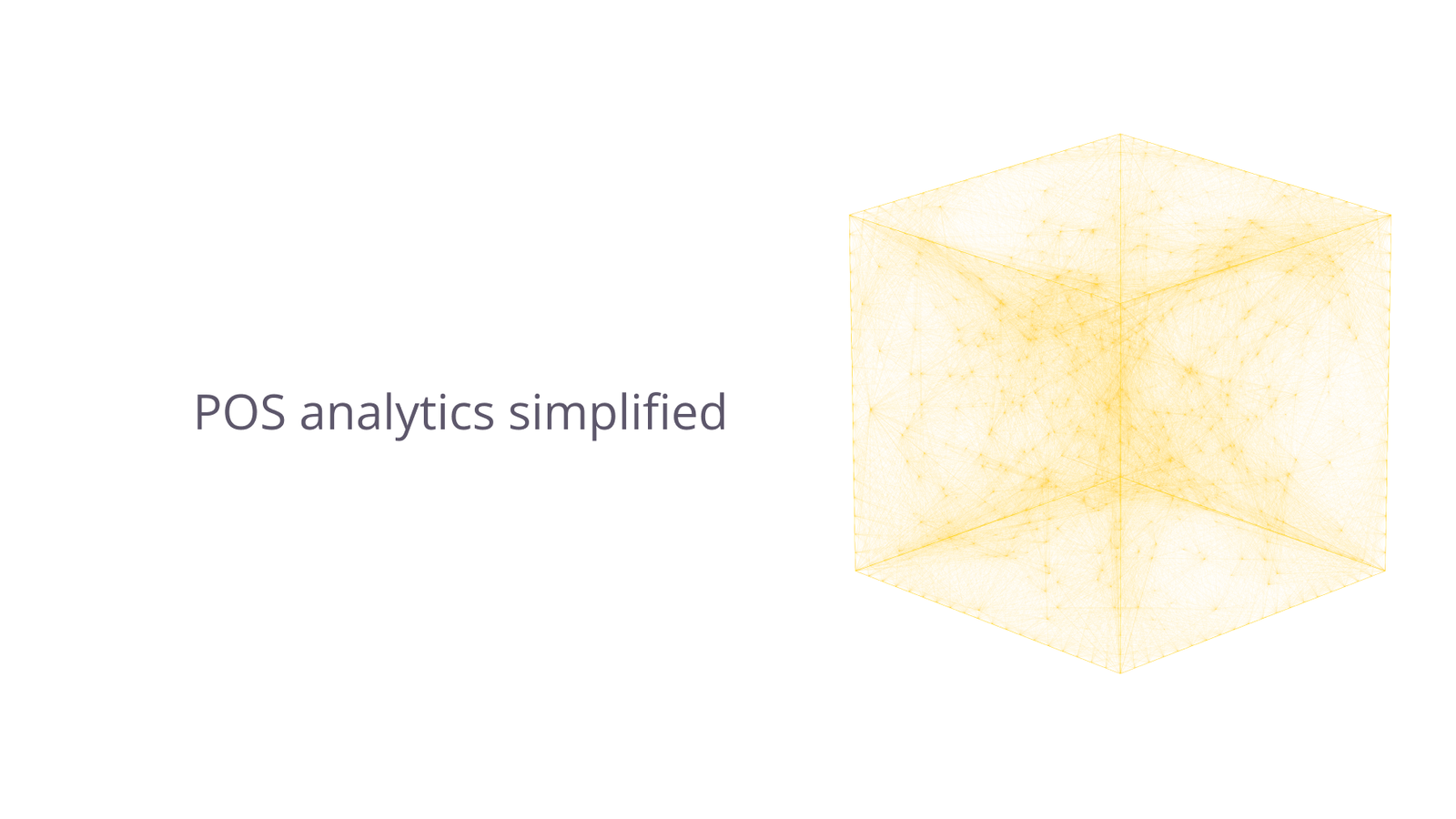Cole Stark, Head of Growth
Jun 12, 2025

Clunky pivot tables and complex BI tools shouldn’t stand between you and the answers hidden in your sales receipts. Quadratic makes self-service analytics for POS data incredibly fast: paste your transactions into a browser-based spreadsheet and watch live, code-powered dashboards appear, no data team required.
To show what’s possible, we’ve published a free POS dashboard template that helps you turn point-of-sale numbers into clear, actionable stories. It’s not meant to be “the” solution to POS analytics. It’s a launchpad that demonstrates how Quadratic lets anyone build, tweak, and scale their own POS business intelligence, from scrappy ad-hoc reporting to sophisticated Python models, without leaving the grid.
Why traditional POS analysis hurts
| Old approach | Common hurdles | Real-world cost |
|---|---|---|
| Export → Excel | Inconsistent column names, multi-file chaos | Hours cleaning data before any POS analysis begins |
| Pivot Tables & VLOOKUPs | Fragile formulas that break on schema changes | Slow, error-prone POS inventory tracking |
| Built-in POS Reports | Limited customization, no drill-down | Inflexible POS system analytics that miss trends |
| Third-Party BI Tools | Complex ETL, extra licensing | Gatekeeping that kills self-serve point-of-sale analytics |
These hurdles explain why so many operators settle for gut decisions instead of data-driven action, even though their POS logs a goldmine of insights:
- Product mix & pricing: Identify margin heroes and discount traps with granular point of sale data analysis.
- Labor efficiency: Overlay hourly sales with staffing levels for smarter scheduling.
- Demand forecasting: Spot seasonal or weather-linked patterns to optimize stock levels through accurate point of sale analytics.
- Payment economics: Compare card types to trim processing fees.
- Location benchmarking: Surface under-performing stores instantly with retail POS analytics.
Unlocking that value shouldn’t require an analyst or a pricey BI license—and with Quadratic, it doesn’t.
Quadratic: One tool, endless POS insights
| Traditional Sheets | Quadratic |
|---|---|
| Static formulas | Python, SQL & AI cells enable deep POS data analytics |
| One-user-at-a-time editing | Multiplayer mode for shared POS insights |
| Separate BI tool for visuals | Built-in Plotly dashboards refresh automatically |
| Painful data cleanup | “Fix with AI” remaps columns in seconds |
Quadratic replaces traditional POS analytics software, so you can connect, explore, and iterate in one place. The template simply proves how quickly that workflow comes together.
Inside the POS template
The POS dashboard covers the classics—daily revenue, category performance, store comparisons, hourly trends, payment mix, weekend vs. weekday patterns, and top products—but because it lives in Quadratic, you can:
- Swap data sources: Pull live feeds from Square, Shopify, and Toast via API, connect directly to a database like Postgres or a data warehouse like Snowflake, or simply drag-and-drop a CSV onto the canvas.
- Extend logic: Add Python cells to calculate stock-to-sales ratios or other calculations for advanced retail POS analytics. Or, just ask the AI to build any number of different charts for you.
- Blend datasets: Join loyalty data, staffing schedules, or weather forecasts for richer pos analysis.
In short, Quadratic turns the template into a customizable POS sales analysis tool, and your spreadsheet into a full-stack POS data analytics software hub.
Three-step quick start
- Duplicate the template into your Quadratic workspace (free plan is fine).
- Import raw transactions—CSV, Excel, API, or a live database connection.
- Explore & iterate: Modify visuals, write Python for advanced point-of-sale analytics, or ask the AI assistant to build new charts on the fly.
You’ll move from messy rows to actionable point of sale data analytics in minutes, not days.
Ready to see it in action?
Duplicate the POS dashboard template, load your data, and experience why Quadratic is the fastest route to actionable POS business analytics.

